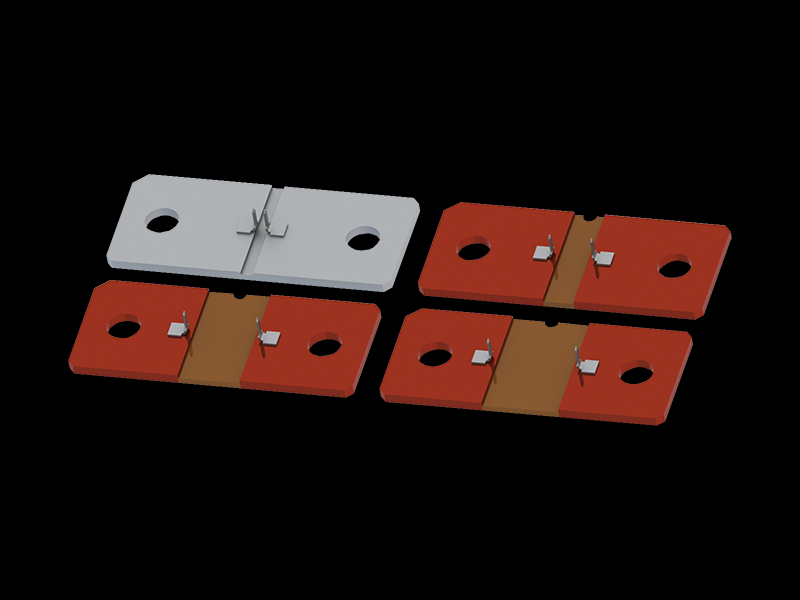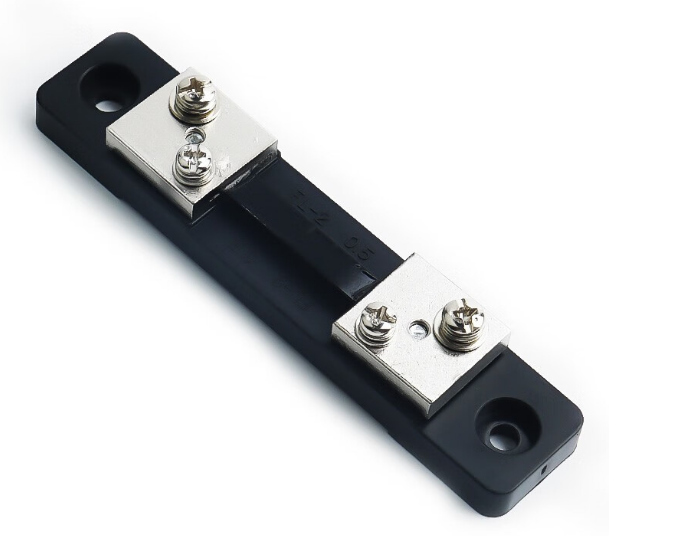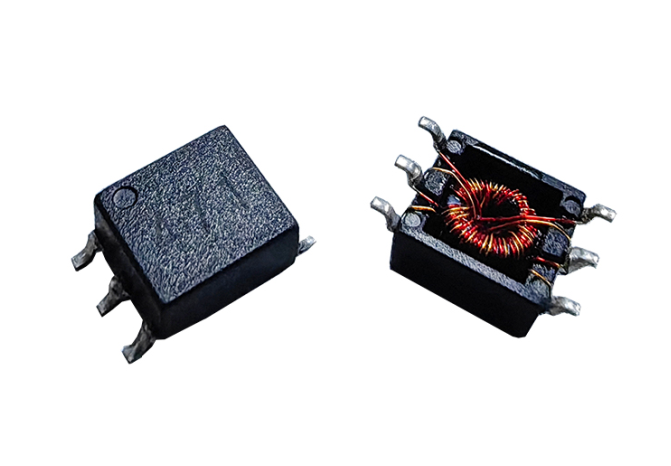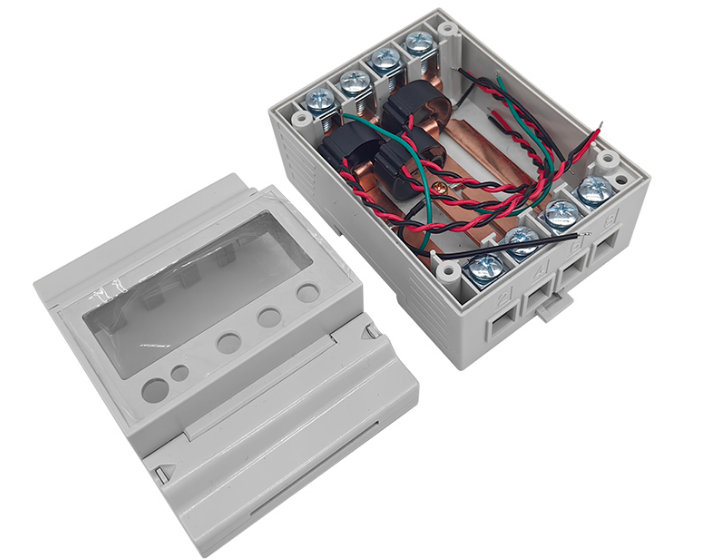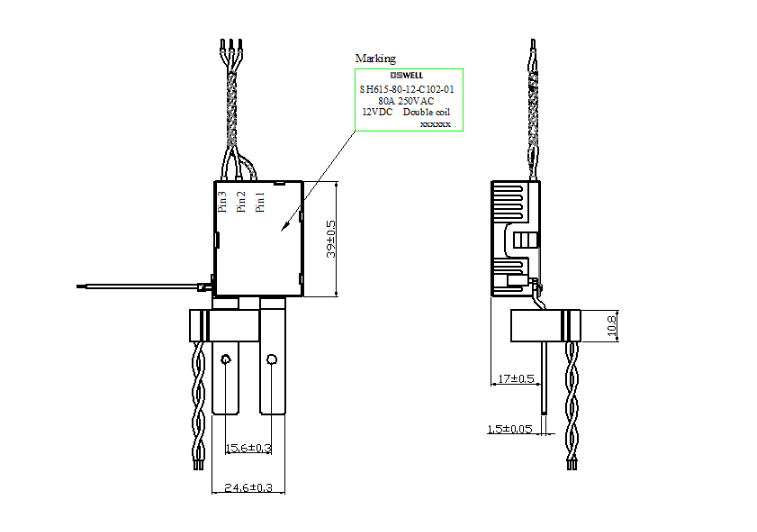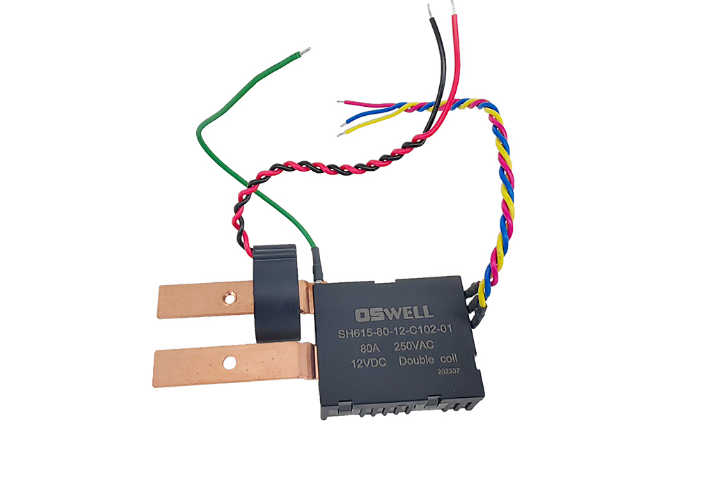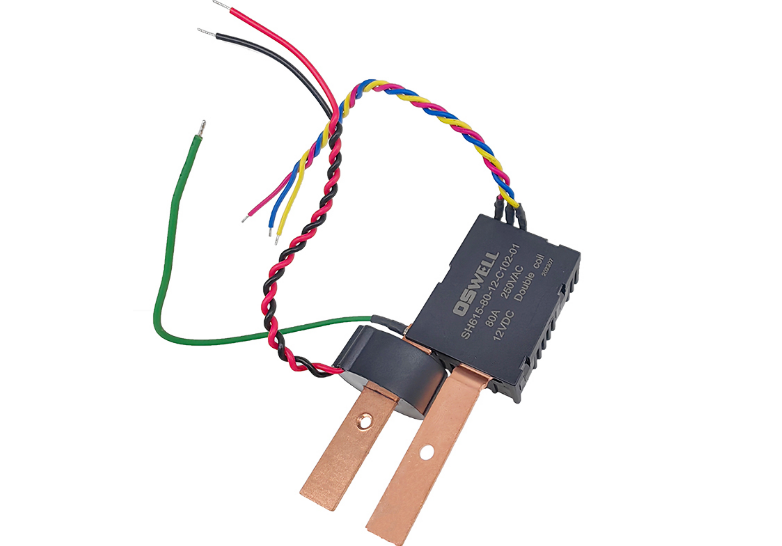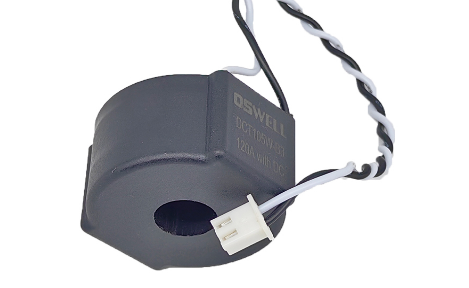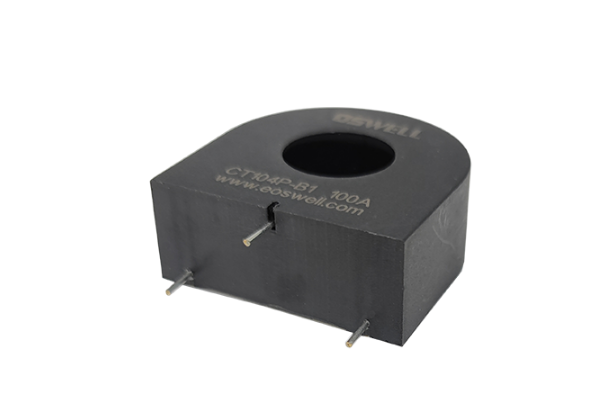Industry News
The integration of big current shunts into smart grids and IoT (Internet of Things) infrastructure allows for real-time monitoring and optimization of energy usage, fostering a more sustainable future. As renewable energy sources become more prevalent, these devices prove particularly valuable in balancing and regulating distributed power generation.
In today's world, where technology is seamlessly integrated into every aspect of our lives, the humble Fixed-Value Current Divider (FVCD) plays a crucial yet often overlooked role. These versatile components can be found lurking behind the scenes in a multitude of applications across industries, quietly ensuring accurate current measurement and efficient power management.
In the realm of advanced natural language processing (NLP) architectures, the Push-Pull Transformer stands out as a cutting-edge innovation. Born from the fusion of traditional Transformers and novel information exchange mechanisms, this hybrid model breaks away from conventional self-attention paradigms. The core idea is to introduce a push operation that actively shares context-rich representations between encoder and decoder, while a pull mechanism retrieves selective information for improved efficiency.
The emergence of the Static Energy Meter (SEM) represents a significant leap in the realm of power measurement technology. This innovative device redefines the way we track and manage electrical consumption, particularly in industries where efficiency is paramount.
In the realm of power electronics and modern control applications, split core current sensors have emerged as indispensable tools. These innovative devices utilize their unique design to offer accurate and non-invasive current measurements without physically interrupting the electrical flow.
In the era of Industry 4.0, the integration of magnetic latching relays (MLRs) with current transformers (CTs) is revolutionizing the way we control and manage power systems. These innovative combinations are fostering smart manufacturing and improving overall system efficiency.
Magnetic latching relays (MLRs) integrated with current transformers (CTs) are emerging as powerful tools in modern electrical engineering. These devices combine the advantages of MLRs' unique latching mechanism with CTs' ability to measure high currents accurately.
In the realm of electrical engineering, relay manufacturers play a pivotal role in enabling efficient signal control and protection systems. As technology advances, these companies constantly strive to push the boundaries of their products.
Transformers have revolutionized the field of power electronics, transforming the way we transmit and utilize electrical energy. This versatile technology finds application in various sectors, from power distribution to telecommunications.
As the industrial landscape transitions into the era of Industry 4.0, current transformers (CTs) are experiencing a transformational shift. They serve as vital components in the modernization of power systems, energy management, and automation.

